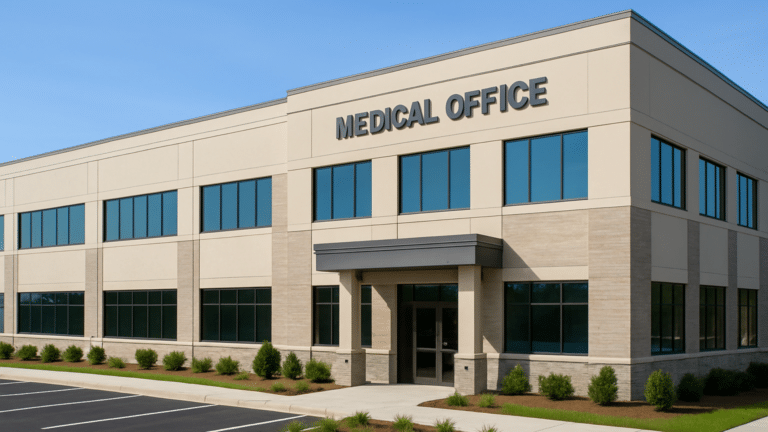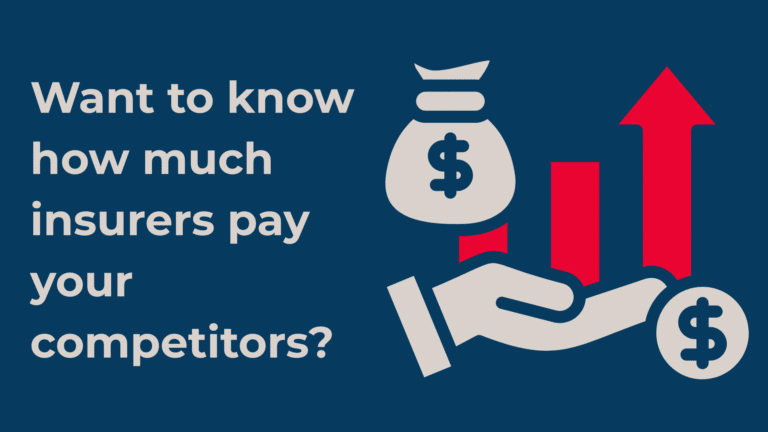
By Rus Gudnyy
We’re witnessing a fast-growing trend. Healthcare provider groups today face the simultaneous squeeze of rising costs and shrinking reimbursements. As their financial margins tighten, they also must address a growing need for capital to meet the demand for new outpatient facilities closer to where their patients live and work.
In response, health systems are strategically monetizing assets from their real estate portfolios in greater numbers than we have ever seen—unlocking capital to support organizational growth, enhance patient care, and bolster their position in a competitive marketplace. As the commercial real estate firm JLL noted in its 2024 Healthcare Real Estate Outlook, “Healthcare organizations are reassessing their real estate footprints to optimize their real estate assets, consolidate space, and vacate underutilized properties to reduce costs and increase revenue.”
But once your organization has concluded that it makes sense to monetize some or all of the outpatient medical office and surgery center properties you own, what are the next questions you need to ask as you move forward? How should you go about evaluating potential buyers? Below are a few considerations to keep in mind.
How important is it that the buyer of our buildings has experience in healthcare?
For two reasons, healthcare experience makes a difference. First, the buyer who invests in your real estate will become your landlord, possibly for up to 15 years. An understanding of healthcare is important to understanding the needs of the providers who deliver care in these buildings. Second, a buyer focused on healthcare will be positioned to help you develop an ongoing real estate strategy that goes beyond an initial transaction. Such a strategy can be critical, especially for large practice groups and health systems, as they navigate the challenges of today’s healthcare environment.
Should we consider monetizing all of our real estate, or just some?
It depends on your needs, goals, and the number of properties you own. Some provider organizations opt to exit the real estate business entirely, monetizing their properties so they can focus on their core priorities. For others, real estate ownership remains an important element of their business strategy. A sale-leaseback of select properties, for example, can be a means of obtaining capital to expand their footprint into new, high-growth areas and gain a competitive advantage.
Should our selling decision be based solely on which buyer offers the highest price?
Price, obviously, is important, but it’s not the only consideration. Ask any potential buyer: How will you add value for us both now and for the longer term?
Look closely at the details of the lease terms if you’re considering a sale-leaseback arrangement. Who will manage the property for the new owner? (Some buyers may offer you the option to maintain your existing property management arrangements.) Whether you will have an opportunity to retain an ownership share in the property (see the question below) may affect your decision on the sale price.
It’s also a good idea to check with your peers who have sold their real estate. Ask about their experiences. Which buyers have a good reputation? Were they happy with the transaction (then and now)? Let their feedback help you determine what’s best for you. This information will be valuable regardless of how you decide to proceed.
Is it possible to remain invested in the property after a sale?
There is. Through what the IRS labels as a 721 exchange, sellers can retain a share of ownership in their property as minority partners in a single-purpose entity set up by the buyer, who serves as the majority partner. Under such an arrangement, the seller can defer capital gains liability on the percentage of ownership retained, while gaining opportunities for monthly income generated by the property and additional profit at a later date as the building’s value appreciates.
Rus Gudnyy is Senior Vice President for Investments for Montecito Medical.




